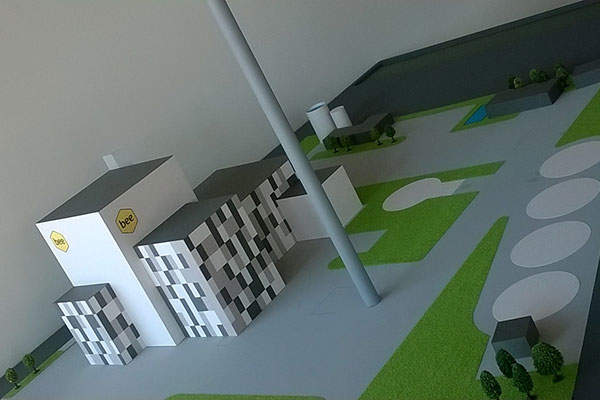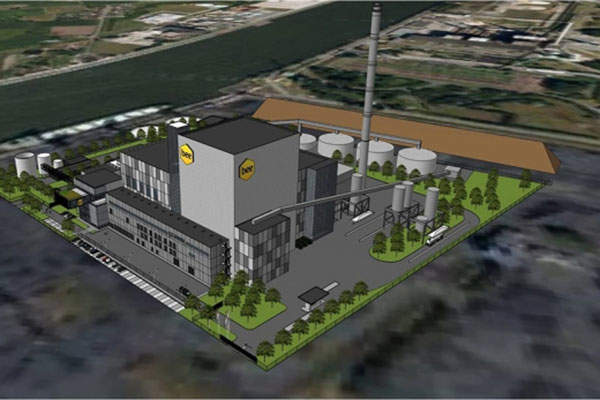Belgian Eco Energy’s (BEE) proposed biomass-fired power plant, to be constructed at the Port of Ghent, will cover an area of approximately 5ha. It will be the biggest biomass-fired power plant in Belgium and one of the world’s biggest biomass power plants when it starts operations in 2019.
The biomass power plant will produce 215MW of electricity using woodchips, wood pellets and agro-residues as its main feedstock. It will also produce approximately 110MW of thermal energy.
The plant’s construction is expected to begin in the first half of 2016. The overall investment in the project is estimated to be more than €450m.
Part of the electricity generated by the plant will be sold to industrial customers, while the remaining power will be conveyed to the national grid. The heat will be conveyed to industrial customers initially.
BEE’s biomass power project benefits
Rodenhuize power station is an 180MW biomass-fuelled plant located in Ghent, Belgium.
The project will create approximately 1,100 jobs during the construction phase, as well as between 100 and 120 jobs during its estimated production life of at least 35 years.
Its electrical output will account for 2% of the country’s overall electricity production and will be equivalent to serving 450,000 households. The thermal output will be sufficient to serve approximately 240,000 residents.
The new power plant will also offset 450,000t of CO₂ emissions a year compared to a natural gas-fired power plant. It will also enable the country to reach the climate change target set by the European Union, which calls for a 20% reduction in greenhouse gas emissions by 2020, compared with 1990 levels.
BEE Ghent biomass power plant make-up
The project will primarily involve the installation of a circulating fluidised bed boiler (CFB), a steam turbine and a generator for producing electricity. It will also be equipped with cooling systems and flue gas cleaning systems.
Other ancillary facilities at the project site will include a water treatment plant, diesel-powered ancillary steam boiler, emergency power supply system and feedstock storage facilities.
The plant will be equipped with either a standalone selective non-catalytic reduction (SNCR) system or a combination of SCNR and SCR DeNOx systems to reduce nitrogen oxide (NOx) emissions, as well as a bag filter to reduce dust emissions.
Feedstock supply and storage for the biomass-fired plant
The feedstock will be sourced from Maine and southern Africa. The wood chips and harmful shrubs will be shipped to the project site by Mitsui.
Feedstock storage facilities will include a 5,000m³ silo for the wood pellets, 2,500m³ silo for the agro pellets and 15,000m³ covered storage facility for woodchips. The shipping and unloading of the feedstock will be handled by Sea Invest.
BEE plant connection to the national grid
The electricity generated by the biomass power plant will be conveyed to the neighbouring substation operated by Elia, before being conveyed to the national grid.
Contractors involved with Belgium’s biggest biomass power plant
Abengoa was awarded the engineering, design and construction (EPC) contract for the project in November 2014. The contract was subsequently cancelled due to financial issues and GE Steam Power Systems was selected to build the plant instead, in February 2016.
Veolia was awarded a €150m ($170m approximately) contract to operate the power plant for 15 years in October 2015. The environmental impact analysis report on the project was prepared by SGS Belgium.




